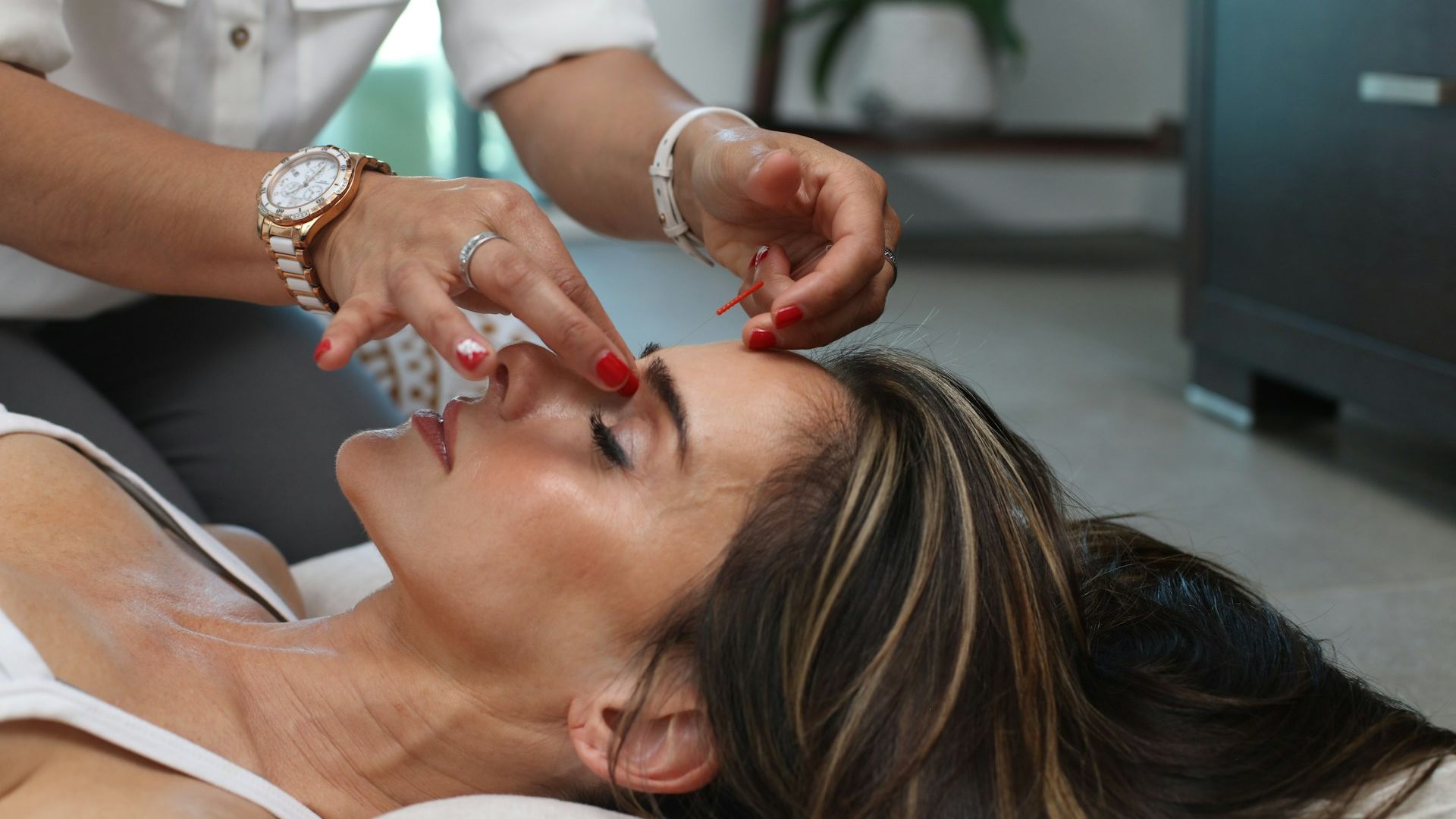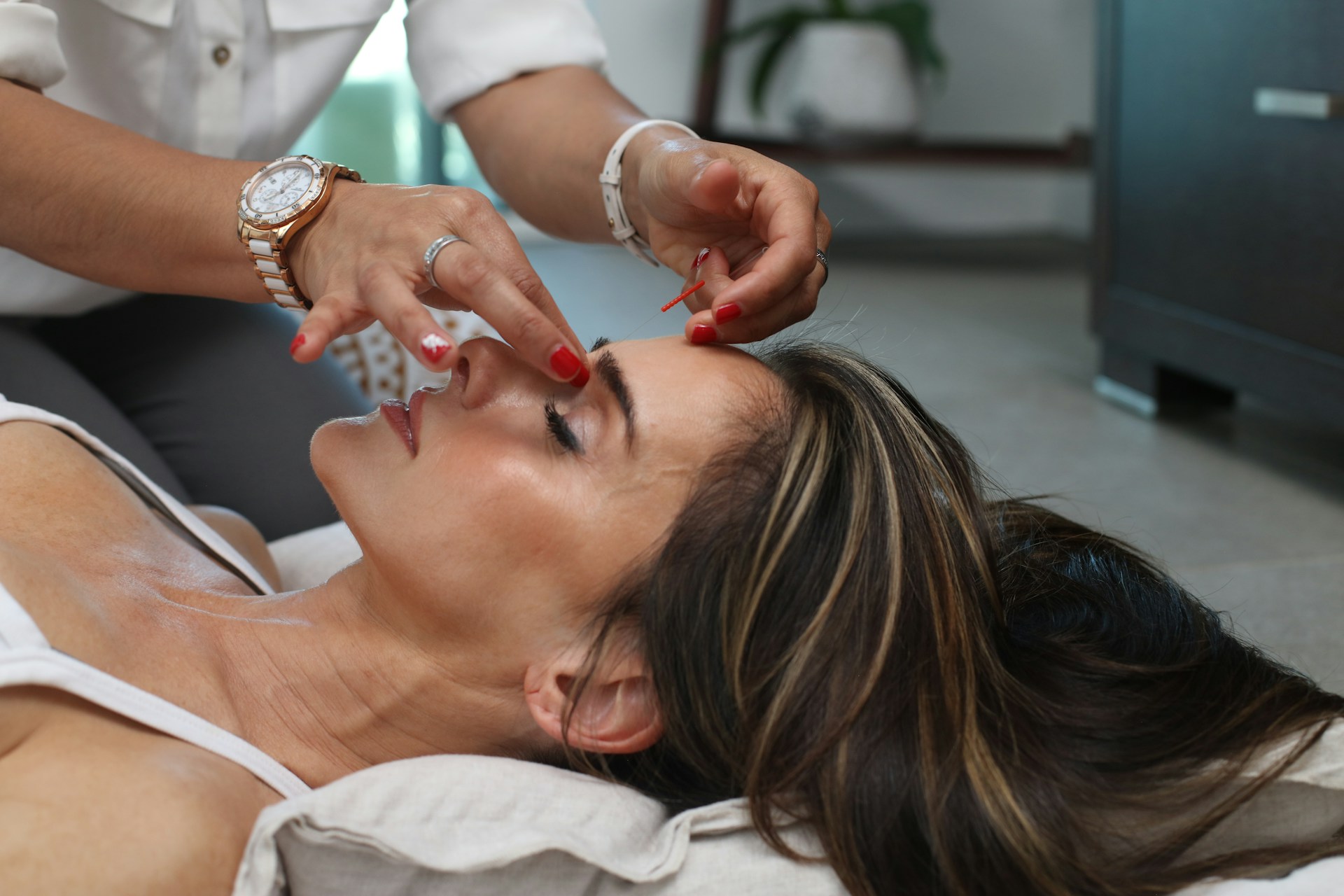What Is a Paramedical Esthetician?

Skincare professionals looking to bridge the gap between aesthetics and medical science may find the right balance as a paramedical esthetician. This job title blends healthcare with cosmetology for meaningful and exciting work that makes a difference. With a little extra training, you may be able to leverage your passion for the beauty industry for an exciting career as a paramedical esthetician.
What’s a paramedical esthetician?
Sometimes called medical estheticians, paramedical estheticians take on a wide variety of roles in health and wellness facilities. Here’s a little more information on this career:
What do paramedical estheticians do?
Many paramedical estheticians help patients prepare for and recover from surgical procedures by shaving the treatment area, sanitizing the skin, and sterilizing equipment. They might also encourage blood flow through massage techniques and teach patients how to care for their skin for optimal healing.
Of course, most professionals in this field are also qualified to perform the same services as standard licensed master estheticians, such as facials, laser hair removal, electrolysis, and chemical peels.
Where can paramedical estheticians work?
Paramedical estheticians may work in a range of healthcare facilities, including:
- Dermatology offices
- Medical spas
- Plastic surgery practices
- Skin clinics
- Hospitals
- Rehabilitation facilities
What’s the average paramedical esthetician's salary?
Estheticians in the US have an average annual salary of around $37,000 according to Salary.com. However, many paramedical estheticians earn more thanks to their expanded skill sets, expertise, and experience.
What are the requirements to be a paramedical esthetician?
While each state has different qualifications to become a paramedical esthetician, these are the basic requirements you can expect to complete:
Training
Students with a high school diploma or equivalent can apply to a paramedical esthetician program at a beauty academy, cosmetology school, or other institute to complete the basic education requirements for a career in the field. In some areas, you’ll follow the training protocols to become a licensed esthetician and then complete additional courses to earn the title of paramedical esthetician.
Other places require an associate’s degree in nursing or another health-related field to become a medical or paramedical esthetician. Many schools also offer financial aid for qualifying students to make courses more accessible.
Make sure the program and esthetician classes you choose meet your state’s licensing requirements and offers hands-on training to help you learn practical skills and feel confident and prepared for your new career.
Certification and licensing
Once you complete training, you’ll need to pass your esthetician state board exam and apply for a cosmetology or esthetics license. Again, paramedical estheticians in your area may be required to undergo additional training or certification, so double-check the laws in your state before applying for your esthetician license.
Specializations
During training, you might find that certain aspects of the field spark your interest more than others. Perhaps you have a passion for working with oncology patients, or you love helping clients revitalize their skin after a surgical procedure.
There are certifications for esthetician specializations in just about any niche you can think of, so research the available options in your area (or online!) and prepare to showcase your skills to potential employers with additional certifications.
What do paramedical estheticians help their clients with?

What exactly can you expect to do as a paramedical esthetician? Here are a few tasks you might see in future job descriptions:
Pre- and post-surgical care
Many paramedical estheticians offer assistance to doctors and surgeons. They might prep the surgical suite, sterilize instruments, and ensure the treatment area is sanitized before a procedure.
Skin cancer treatment
Skin cancer often requires invasive surgery to remove any malignant tissue. This can dramatically alter a patient’s appearance, especially if the cancer is present on the face. Paramedical estheticians can perform a variety of treatments to promote healing, minimize scar tissue, and help clients feel more comfortable in their skin.
Cosmetics and makeup
In some cases, paramedical estheticians may apply makeup to clients or teach patients how to conceal scars and other blemishes using cosmetic products.
Laser and light therapy
Laser and LED therapy can encourage healing, boost collagen production, and minimize discoloration. Paramedical estheticians may use these devices to help patients correct various skin concerns and encourage better skin health and vitality. In some cases, these experts may also offer laser hair removal and other services traditionally considered to be purely cosmetic.
Skin conditions
Many medical conditions cause visible changes to skin and hair, which can affect the confidence and well-being of your clients. As a medical esthetician, you can help your patients manage and combat signs of inflammation, hyperpigmentation, vascular lesions, rashes, hair loss, and other visible manifestations of their illness.
Elevate your career with Bosses in Beauty!
At Bosses in Beauty, we help estheticians in all stages of their journey take things to the next level. Whether you’re just beginning to explore your potential career paths or you’re an established industry expert, we’re here to help you make the most of your career. Get in touch today to learn more about our programs!
Thinking about starting your own esthetics business?

Download The Top 12 Mistakes Estheticians Make When Going Solo so you can be fully prepared to take any challenge starting your beauty biz throws at you!


